Back to the February 2023 News Update
Pamela Binnington & Margit Schuller
Co-directors Strategic Policy & Coordination
Working on the Strategy for the last year really brought home how much ‘work’ has changed since the last Strategy was prepared over 10 years ago. A common theme from all of our consultations was that the Strategy needed to focus on ensuring the WHS system is ready to address emerging challenges over the next decade. Of course, this will need to be achieved in an evolving context, including changing employment and operational arrangements and increased use of new technology, automated processes, artificial intelligence, increased digitisation and robotics.
Capabilities such as new technological advancements can bring many benefits, however PCBUs will need to be alive to the risks that may arise to ensure the creation and maintenance of safe and healthy workplaces into the future.
This will include effectively designing work and workplaces and having appropriate oversight to ensure workers are not exposed to new or additional WHS risks, including psychosocial risks. It will not be enough to simply transfer ‘old’ WHS knowledge; new combinations of skills and WHS controls will be required. The Strategy highlights the systemic change that needs to happen to drive a shift to a more mature WHS system which will enable stakeholders to identify and effectively address challenges emerging from new industries, jobs and ways of working.
Go to the Australian Work Health and Safety Strategy 2023-2033.


